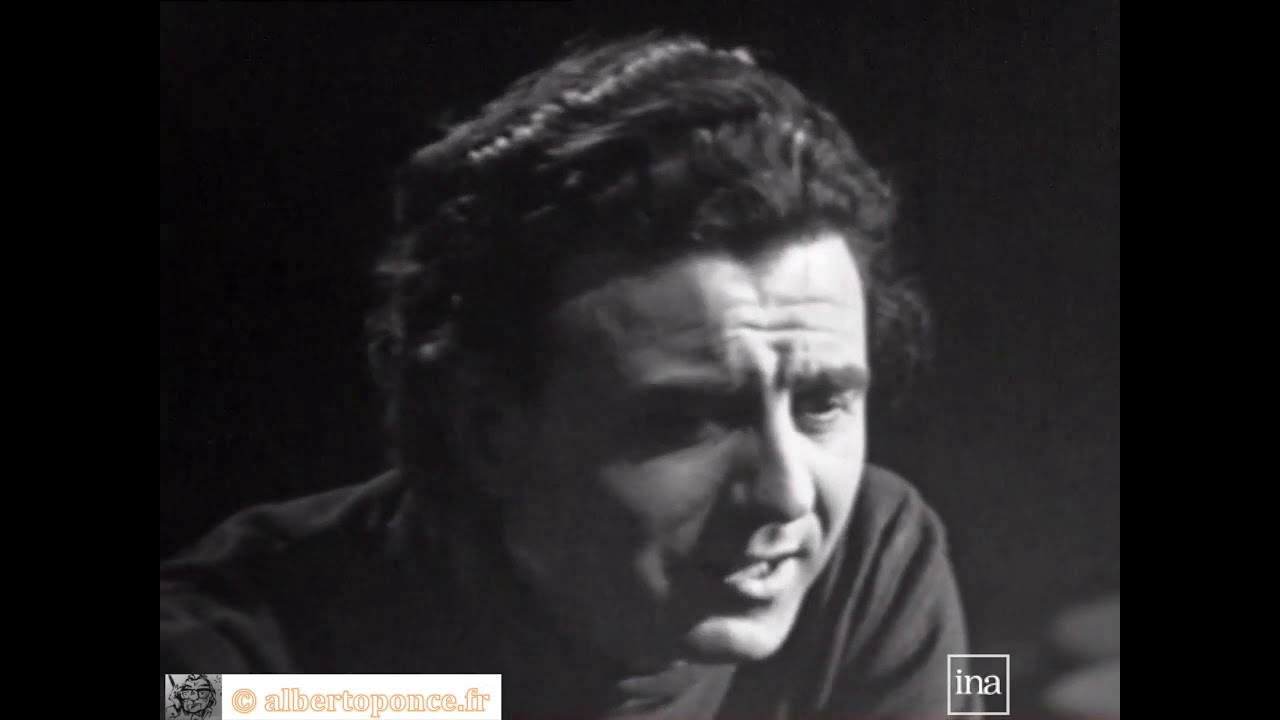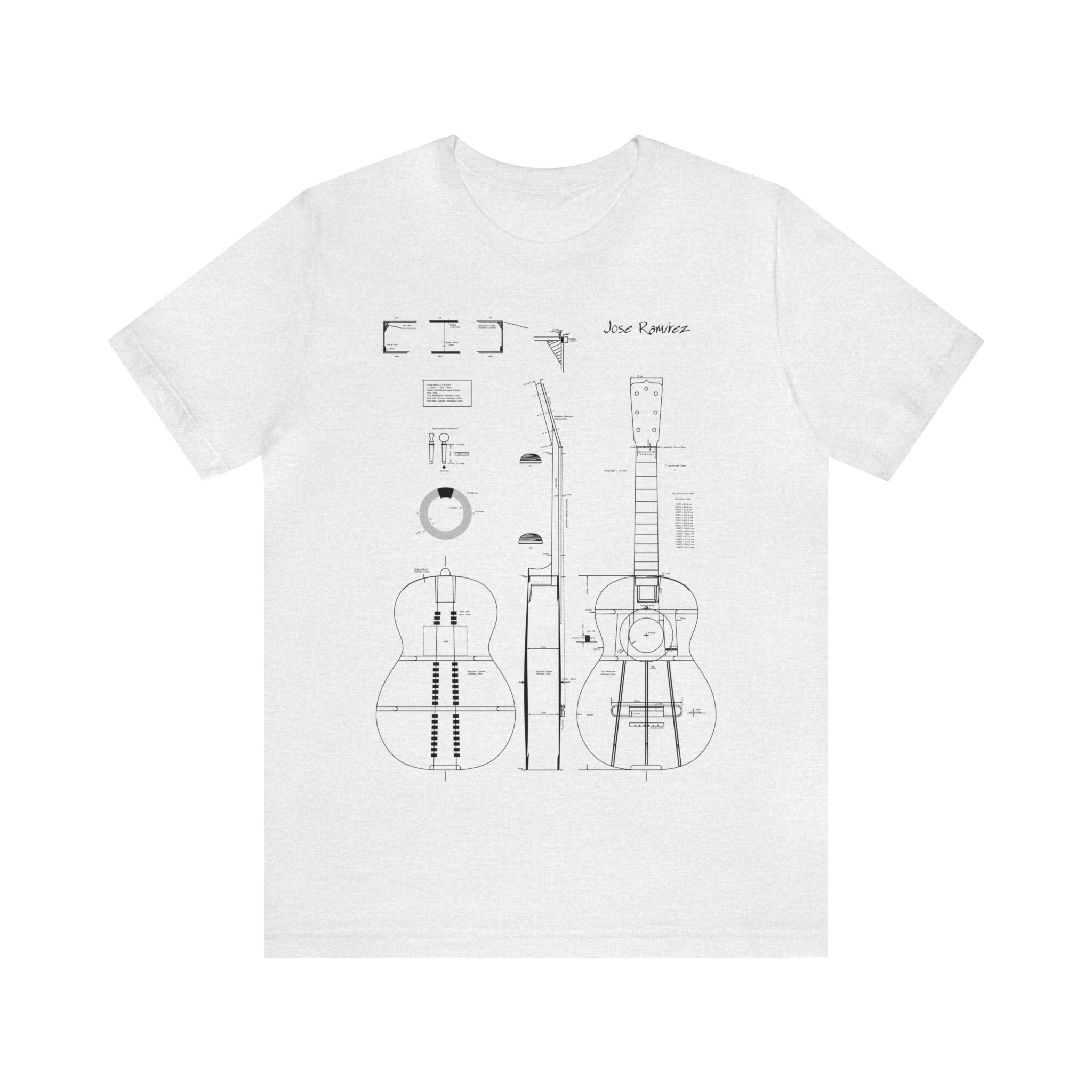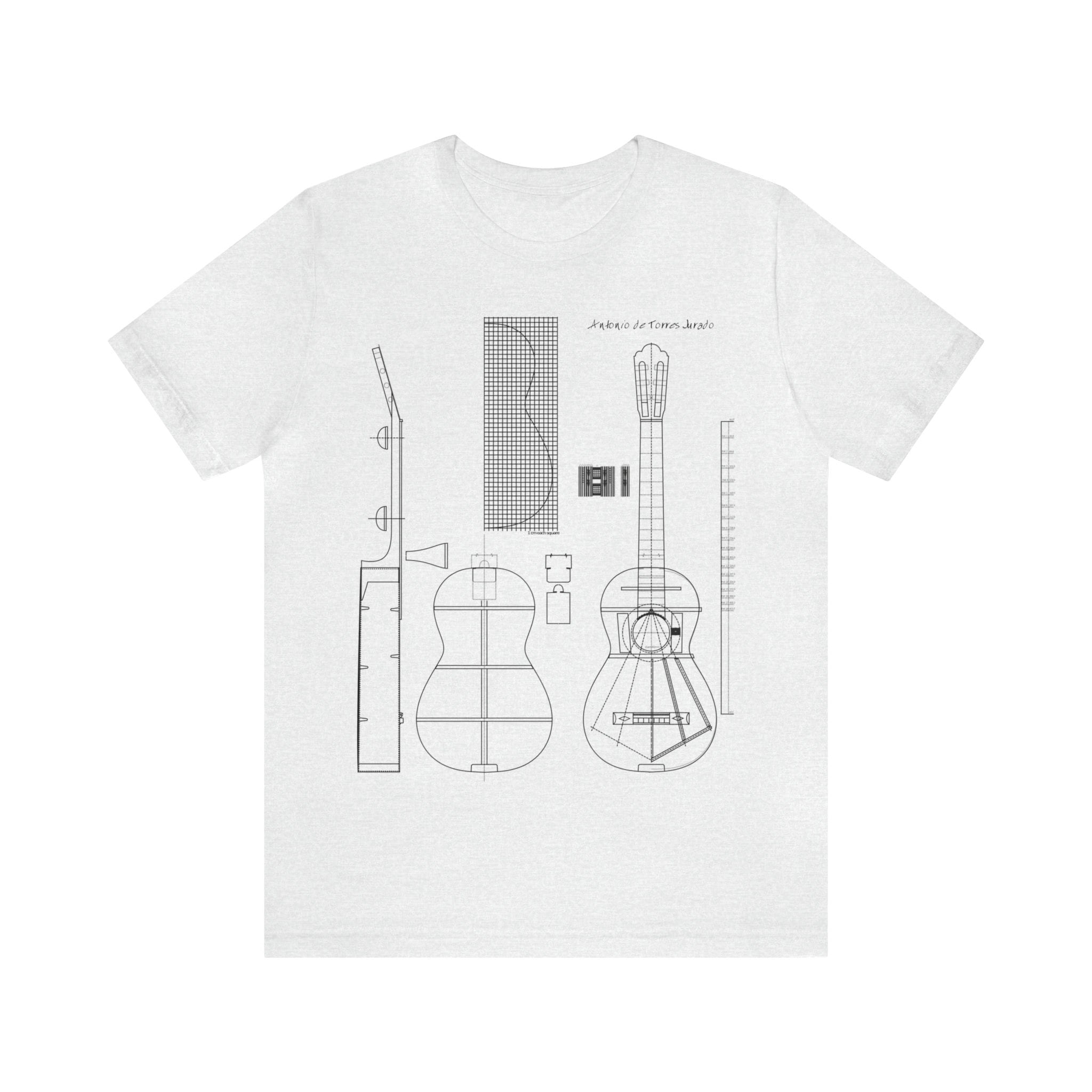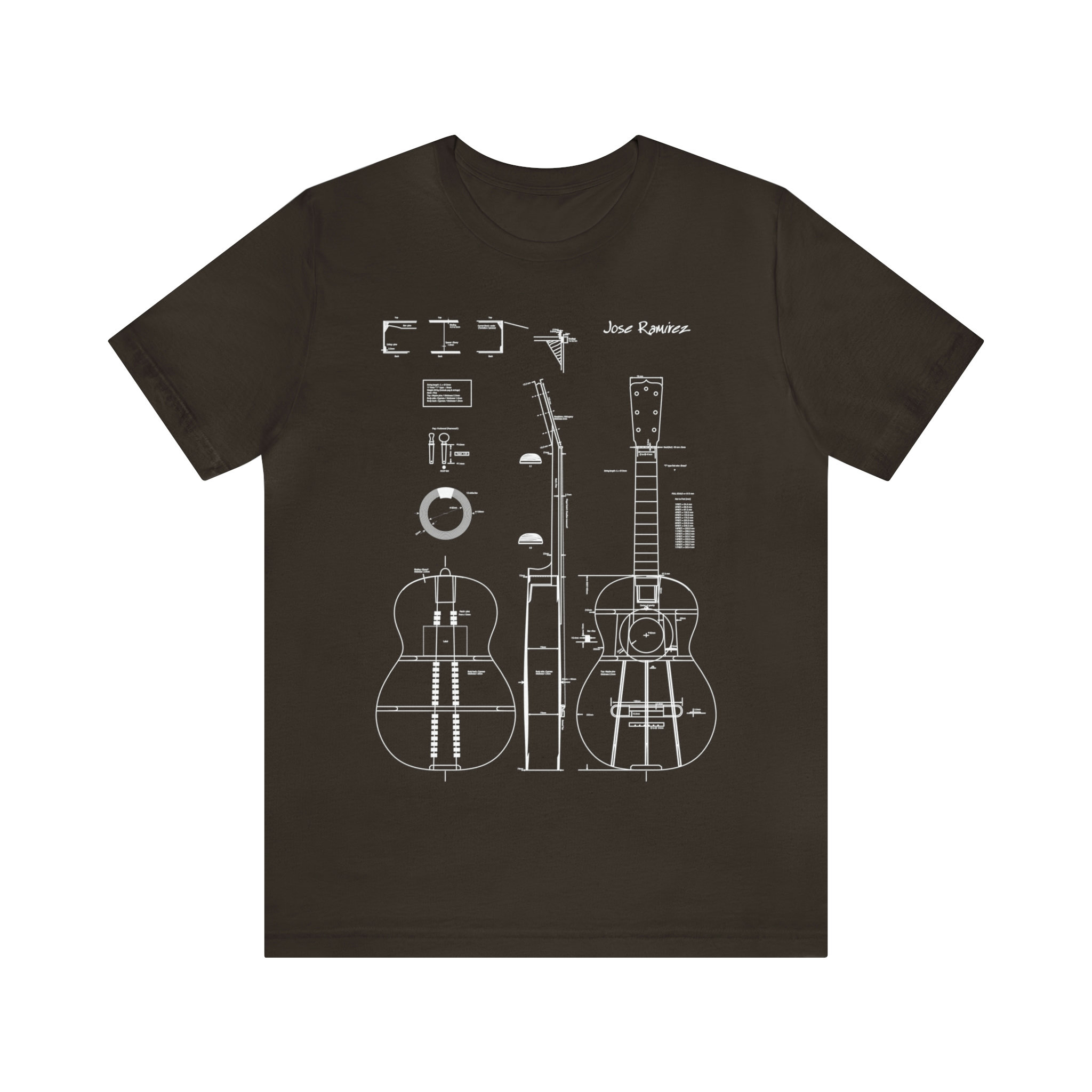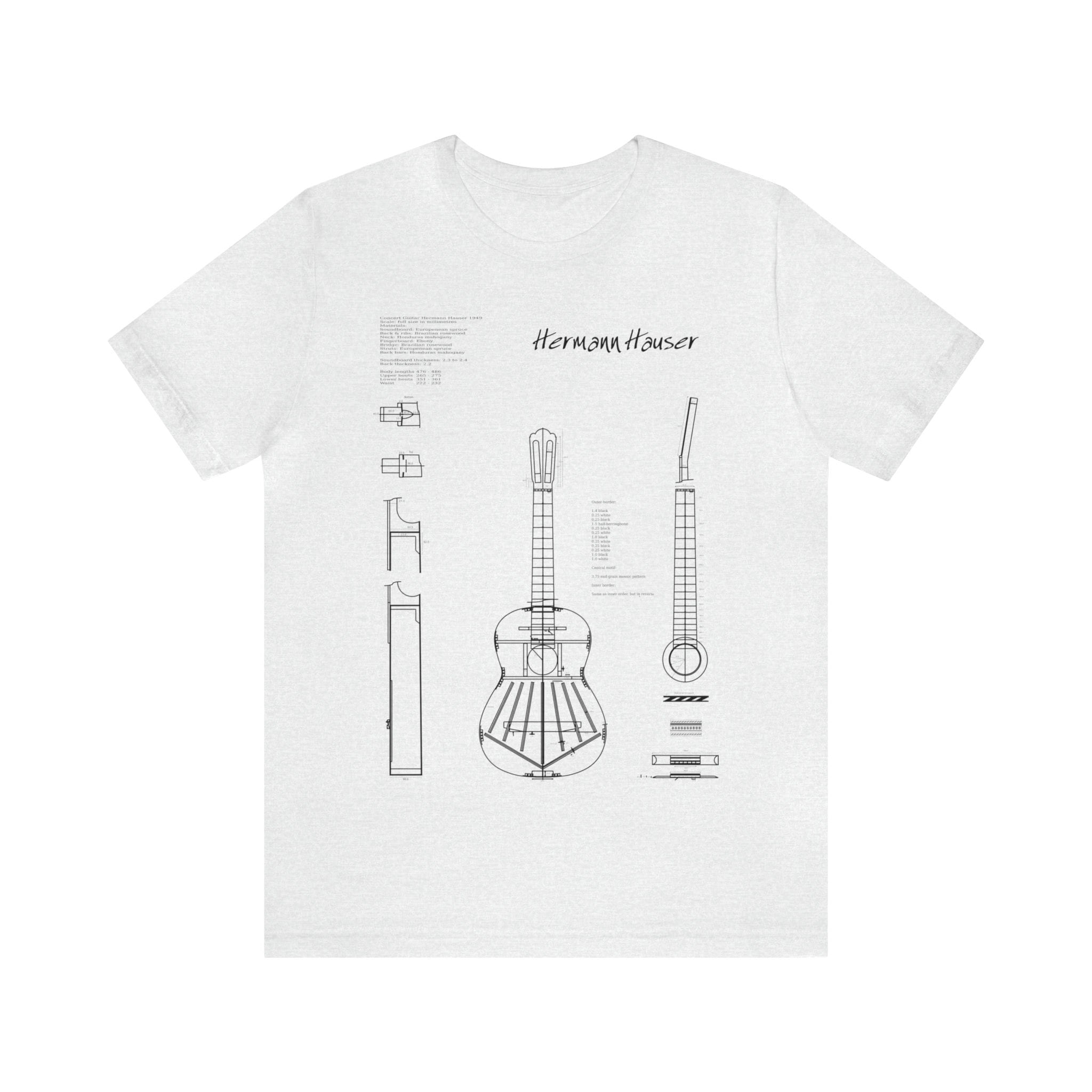In the 20th century guitar, the trace left by Alberto Ponce is evident, due to his musical aura and passion for teaching. Born in Madrid in 1935, he started playing the guitar as a child with his father, but it was as a teenager that he met the man who would be and remain his teacher: Emilio Pujol.
This great man, whom he would venerate all his life, undoubtedly had a large part in the construction, direction, and musical choices that marked his life as a musician. The Spanish guitarist would thus evoke his admiration for Pujol:
“What struck me most about him was his kindness, his patience, and his love for music. Until the end of his life, he continued to communicate this with the same intensity.”
After studying at the Barcelona Conservatory, Alberto Ponce followed his teacher to Siena and Lisbon. In 1962, during a trip with him, Pujol introduced him to Alfred Cortot, director of the Paris École normale de musique, who offered him the position of guitar teacher at the institution, which was created by Pujol. Thus, at the age of 27, Ponce, who until then had only known the life of a concert performer, began to teach and pass on his passion for music and guitar through his teacher’s legacy, as Pujol had done before him in the line of his own teacher, Francisco Tárrega.
Throughout his career, he taught at the Paris École normale de musique. He was a very active pedagogue and also held different classes at conservatories in the Île-de-France region and was later appointed to the Paris Conservatoire National Supérieur de Musique.
It is through these places that he formed generations of guitarists with devotion and demands, warmth, and sensitivity, creating what some call “the Ponce school”. How to define this school?
“I am not at the head of any school that would be characterized by the LEFT ATTACK! … Music and art are not the privilege of the left or right side of the fingers,” Alberto Ponce assured in 1983.
If indeed he attacks “on the left” (the first contact of the string at the moment of the attack is placed on the left side of the finger), it would be reductive to define his playing by this single characteristic, as he is above all a guitarist seeking a sound expressing a soul to serve music, a musical discourse:
“You have to play without making mistakes, or play fast when you have to, but you have to play as a musician, always.”
Thus, it is the notion of musical aesthetics that Ponce seeks to develop in his music and teaching; it is a real musical philosophy, a way of life that he outlines for his students. Through a repertoire that is as traditional as innovative (his work for Maurice Ohana’s music is an example), the sound adapts to the discourse, the style of the piece, to express the musical intention as accurately as possible. He develops a very advanced technique of touch, the weight of each finger for the right hand.
Without forgetting the vibrato, but also the fluidity of the gesture for the left hand, and the breath for phrasing, dynamics, timbres, colors and contrasts.
“if my father would been a painter, it was Alberto who taught me the colors,” testified Roland Dyens in 2000.
Nothing will be more explicit to understand his artistic approach than listening to his magnificent playing and that of his students.
“The sound should not be the same for all musical styles. You can’t find a sound if you don’t first have the idea and need for that sound,” explained Alberto Ponce.
One of his masterful interpretations remains the Maja de Goya by Enrique Granados (transcription by Miguel Llobet), recorded on his album “Charmes de la guitare” (Arion). It showcases his velvety touch but also his violence, a pure discourse, always pointing closely to the mood of the melodic line, the conducting, and the breath of each phrase like a dancer going to the end of his gesture:
“There is a very sensual aspect to playing the guitar, through the mere physical contact of the finger with the string: I am very attached to this aspect of the instrument. Feeling the sound… or as they say in Spain “tocar la guitarra”, touch the guitar…”
Then comes the desire to discover what might be akin to a school, one must therefore go and listen elsewhere to the path he has traced. This path is multiple and never-ending, as from generation to generation, from Tárrega to Pujol, from Pujol to Ponce, from Ponce to his students, and now from his students to new generations, the torch of this soulful guitar is passed on. It is therefore impossible to draw a precise outline, but yet when we hear it, our hearts vibrate.
“Each teacher has their own sound. This sound aesthetic, we transmit it to the students and each of them will personalize it.”
Classical Guitar
